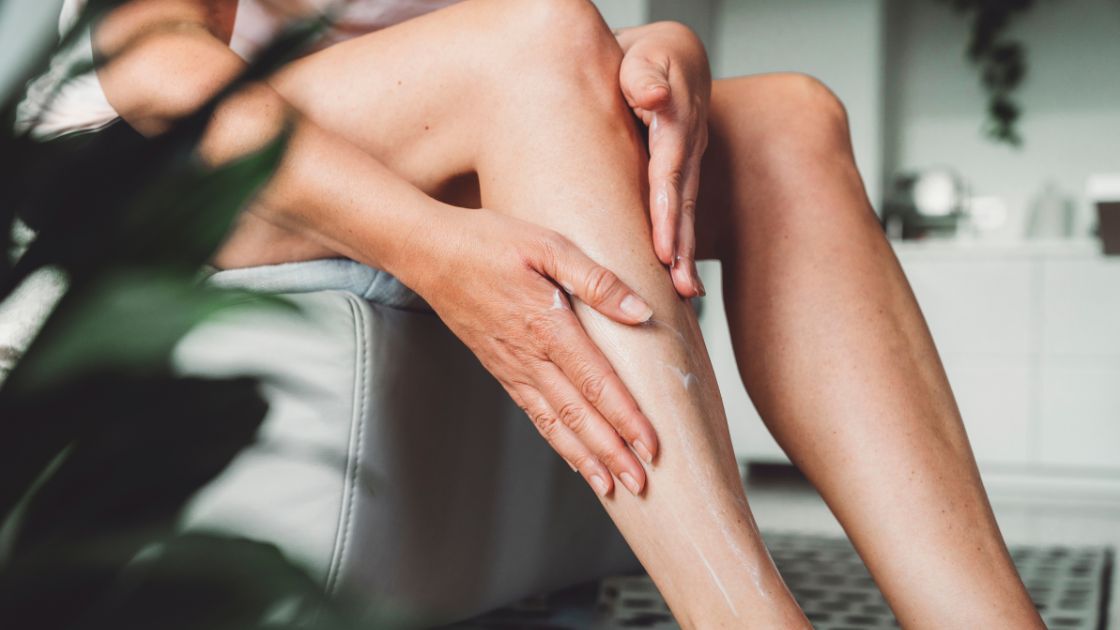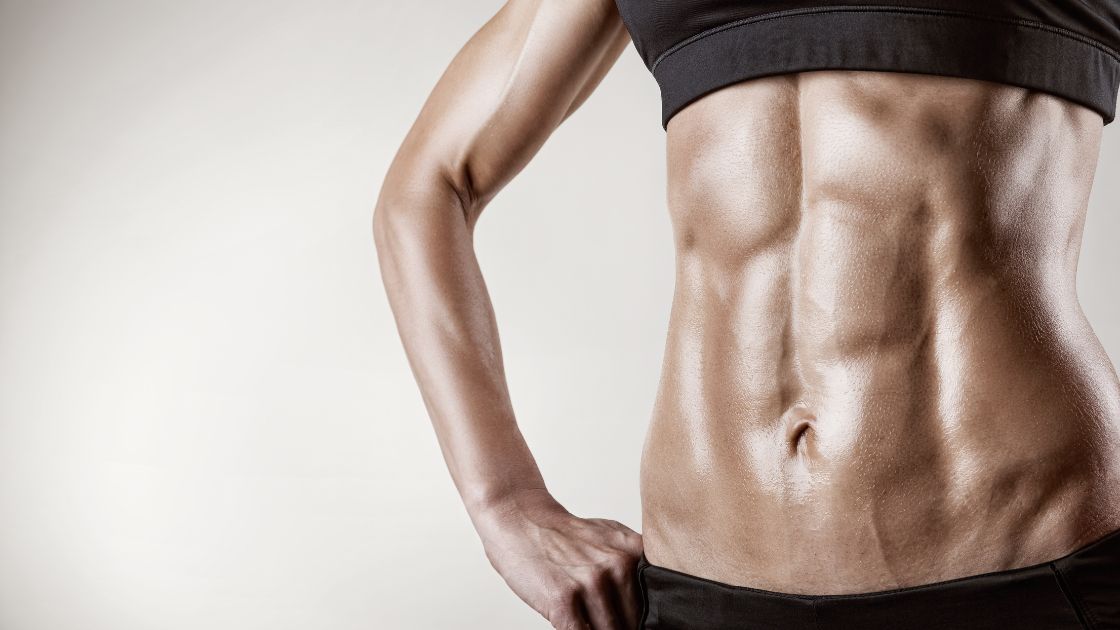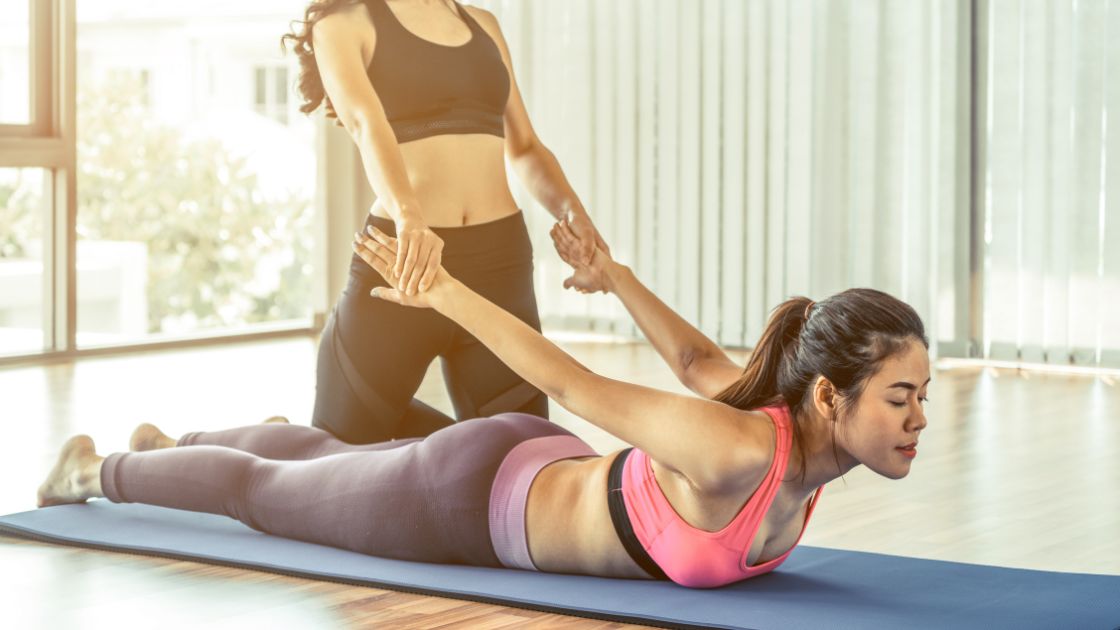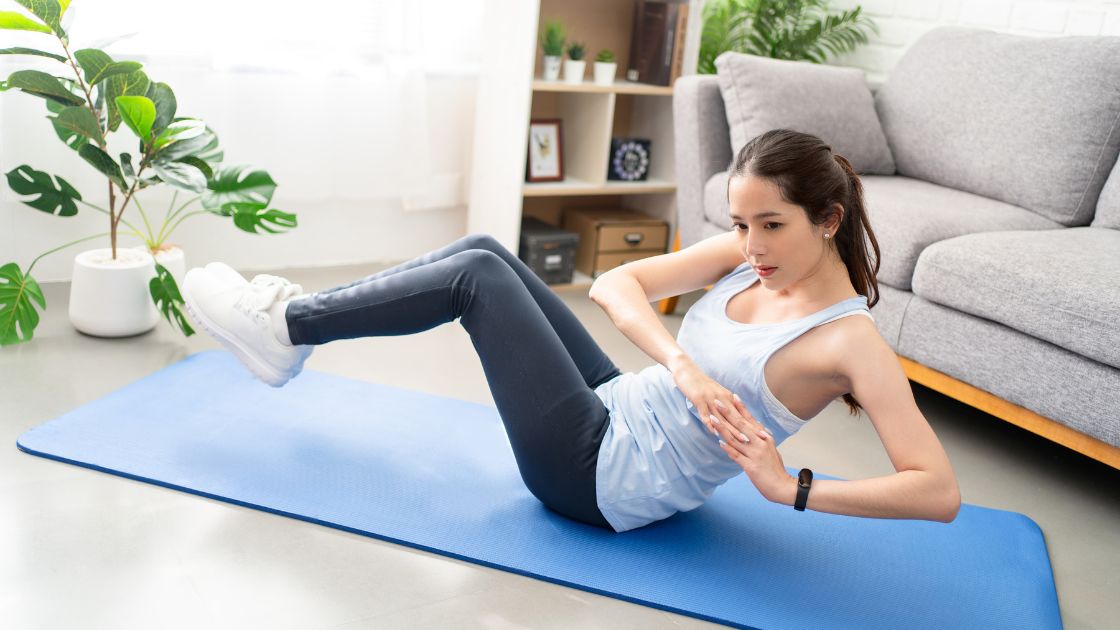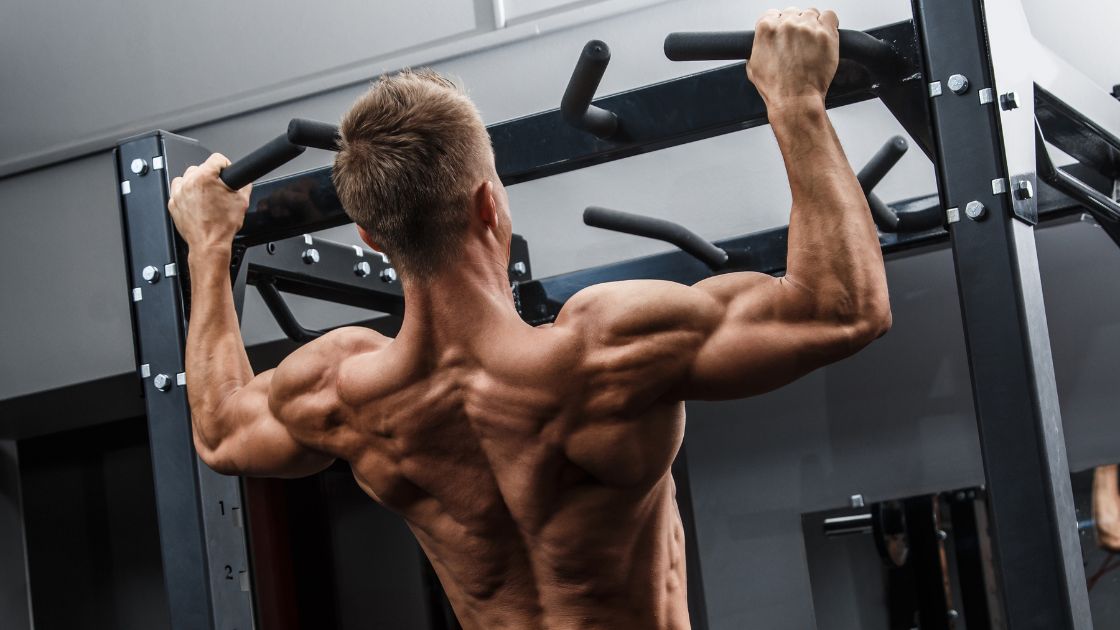At Home Massage Tools: Using a Tennis Ball for Self-Massage
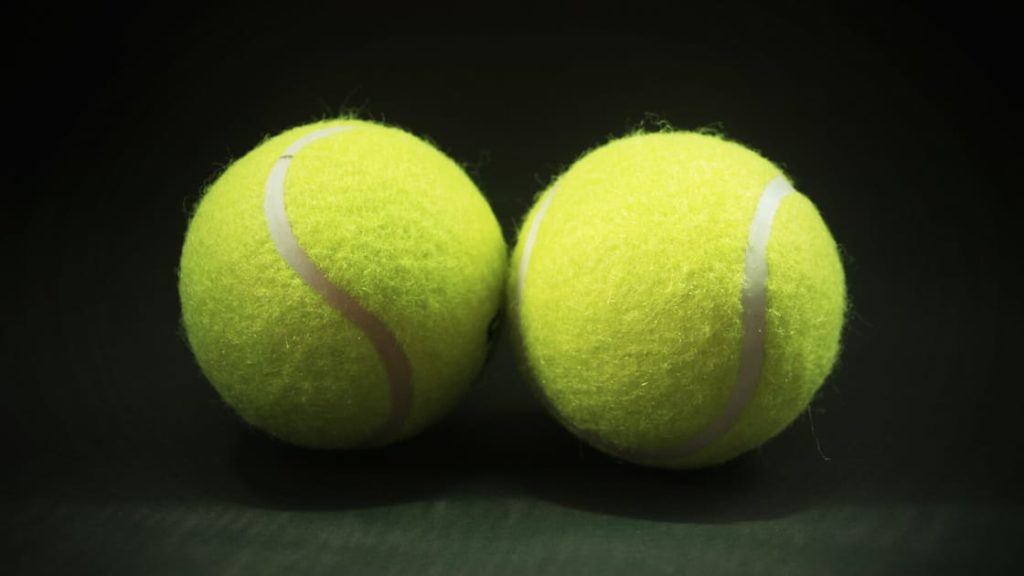
In my previous article titled Household Items for At-Home Massage Tools: The Car Buffer, I told you that a car buffer is a low-cost version of a handheld massage gun. Well today, I’m going to tell you about the massage ball. And no, I’m not talking about those spiky balls that look like a rolled-up hedgehog. Assuming you read the title, I’m sure you guessed what kind of ball I’m here to talk about.
If you’ve ever worked with me before (Katrina Jenkins, LMT / Rambling Blogger), then you’ve already heard about the healing power of tennis balls. I recommend their use to pretty much every client post-massage. But in the event that you haven’t worked with me, let me explain why you should rummage through your house in search of tennis balls. I’m pretty sure we all own at least one, Colorado being a dog country and all. And also the most physically active state in the US — go us!
Why is a tennis ball a great self-massager?
So, here’s my favorite thing about the tennis ball: it fits smoothly into (and onto) your distinctly-shaped body parts. The bony notches in your joints; the flat surface of your back; the convexness of your glutes; the curved arch of your foot — your body is so full of contours! Unlike the flat pads of car buffers or cylindrical rolling pins, the tennis ball is malleable. Your body is a puzzle, and the ball is the master puzzle piece!
And here’s my second favorite thing about the tennis ball: you’re in control of the pressure. When I recommend the use of a tennis ball, it’s usually in response to “That one tender muscle really hurts when you touch it. Is there something I can do on my own to make it a happy muscle?” What I say in response to this frequently asked question is “There is something you can do at home for that ever-tender muscle!” I let them know that by using a tennis ball, the pressure is all theirs. You can push yourself as hard or as gently as you wish. When your therapist palpates a tender muscle, the pain can sneak up without warning. But when guiding a self-massage, you’ll naturally back off if you start to feel discomfort. “Thank you, Captain Obvious,” you may say to me.
Where Should You Use a Tennis Ball for Self-Massage?
Ok! So let’s get into why and how you should massage specific muscle groups! I’ll tell you what to do, but I’ll also attach a video of some lady who really knows tennis balls! And she knows muscles too!
Hip
Oh, that IT band. It’s a rare person who doesn’t have a tender one. Why is that, you ask? Well, the IT band (or iliotibial tract, if you want its proper name) behaves more like a tendon than a muscle. When it gets deep pressure, it’s likely to resist rather than relax. Tendons are just naturally tough, having the task of keeping muscles attached to bones. Massage can ease that toughness, but sometimes it’s hard for your therapist to gauge the best pressure for that trigger point-y spot.
What to do? I’ll list the steps:
- Find your greater trochanter, which is the attachment site of the IT band. See that femur below? Your greater trochanter is that lateral notch at the top of the bone. To find it, palpate the side of your hip until you feel a bony notch. When you find that spot, move to step 2!
- For this part, you can either lie on the floor or stand against a wall.
- Against the wall: place the ball just above the greater trochanter, and then press your hip against a wall — securing the ball against your hip. Controlling the pressure to your comfort level, roll the ball around the greater trochanter. Once you get the hang of this, you can do all sorts of movements! You can circle the ball around your notch, rotate the ball back and forth on each side of the notch… do whatever feels good!
- On the ground: this one, though a little harder to perform, is effective for treating the whole IT band. Side-lie on the floor, placing one forearm flat on the ground, crossing one leg (the one on the opposite side of your flat forearm) over the other leg. You’ll want to place the ball between your greater trochanter and the floor. After securing the ball between your hip and the ground, roll the ball around the notch to work the IT band attachment. To work the whole thing, roll the ball up and down the band — do this by moving your body back (in the direction of your feet) and forth (in the direction of your head) over the ball.
Gluteal Muscles
This muscle group is an easier one to treat! Glutes, yet another area where trigger points like to hang out, are usually tender. Just another reason why self-massage is great for them! This one can also be done against the wall or on the ground.
So, how do you start?
- Locate your gluteus maximus. This should be easy, as the gluteus maximus covers pretty much all of your buttocks. Pick whichever side of your butt you’d like to address first. Now decide if you want to do this one on the ground or against a wall.
- Against the Wall: place the ball between a wall and the center of your gluteus maximus (right or left glute, your choice). Press against the wall, keeping control of the pressure, rolling the ball in slow circular motions. If you find any trigger points, push the ball directly into the spot until you feel a release!
- On the floor: sit down with your knees bent, arms straight at your sides, hands flat on the floor. Place the ball between the floor and the center of your gluteus maximus. Now do exactly what I told you to do with the wall, but with the floor instead! Circular motions on the base of the glute; stay put on the trigger points; press and roll however you want, as long as it feels therapeutic!
Lower Back
I talk about the spine a lot in my writing. Your spine is so important, yet so fragile. You never want to apply direct pressure to it, as doing so could lead to trouble — instant pain, possible nerve damage. I’ve mentioned those possibilities in the last two articles, and will mention it again in the next one. Take it seriously. Love your spine!
So, how do you perform a self-massage for your back while keeping your spine safe?
- You’ll need two tennis balls for this one. And you’ll also need a long sock. Drop the balls inside the sock, then tie the sock’s opening shut. It may be easier to use a sock with thinner material, such as nylon.
- Lie on the floor faceup. Just above the sacrum, place a ball beside each side of your spine.
- Once the balls are secured between your back and the floor, roll up your body back and forth — toward your feet, toward your head, repeat. This is a great release for your erectors, which are the long muscles running along your spinal cord.
Upper back
Preciousness of the spine… no direct pressure on the spine… spine, spine, spine… you know what not to do (assuming you read the passage above.)
How do you massage that upper back without impacting the spine?
You can either do the sock trick mentioned above, or just use one ball.
-
- With sock: drop the balls into the sock, tie up the opening.
- Place the balls beside each side of your spine. Each ball should be between the ridge of your shoulder blade and your spinal cord. It might be easier to press your back up against a wall for this one.
- When the balls are secured between your upper back and the wall, flex your knees to let the balls roll up toward your neck. Then straighten your knees to roll the balls back down. Flex, straighten, flex, straighten…
- With one ball: place the ball between the spine and the ridge of your shoulder blade. Press your back against the wall. Roll the ball in circular directions, keeping it localized and not letting it roll over the spine.
- With sock: drop the balls into the sock, tie up the opening.
Feet
This is the easiest one to accomplish! So much so, I feel it’s unnecessary to use bullet points.
Place the ball on the floor, place the arch of your foot on top of the ball, and then roll it. Press as hard as you like, roll in any direction you wish. The tendons in your feet will love it!
Here’s a video!
Hi visual learners! In this video, a knowledgeable woman is going to reiterate a few of the things I just wrote about, as well as a few things I didn’t.
Now find that tennis ball!
Or buy a new one, if you don’t want to use the one that’s been in your dog’s mouth. Next time, we’ll talk about how you can use a water bottle for self-massage.
Written by: Katrina Jenkins, LMT
Photo credit: Canva – icon0.com from Pexels

